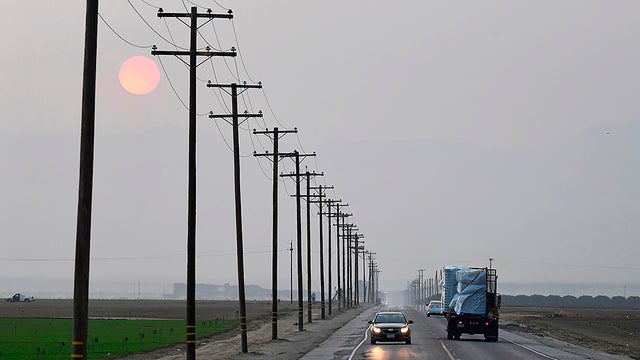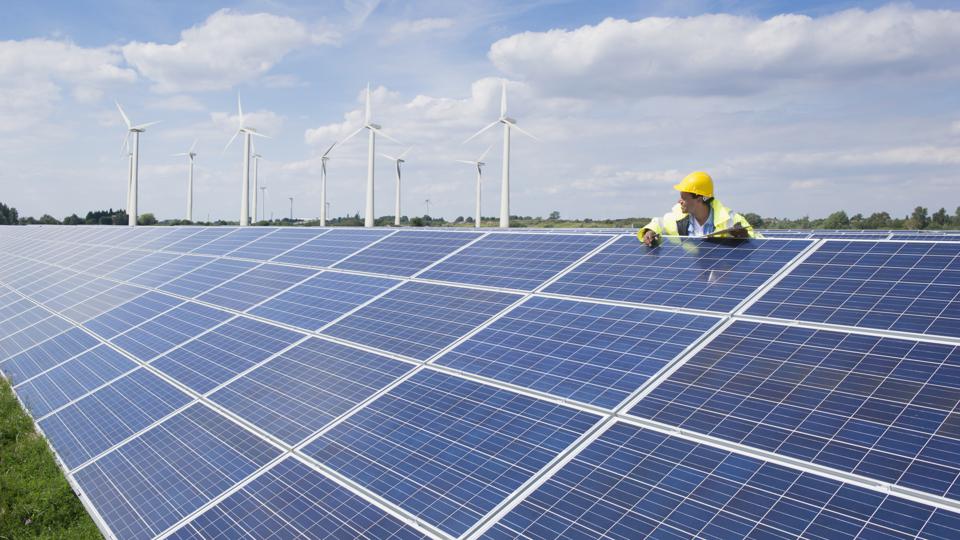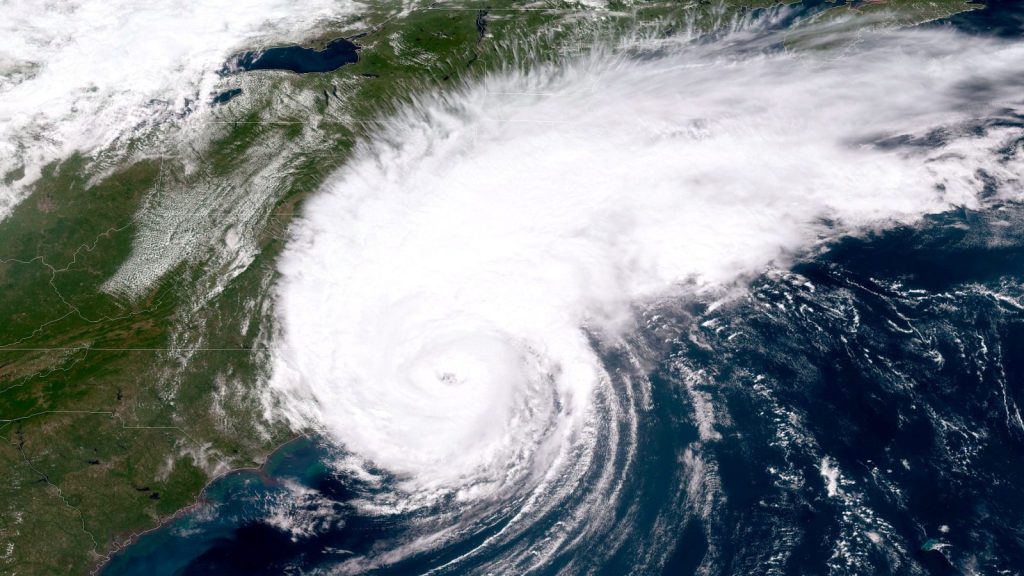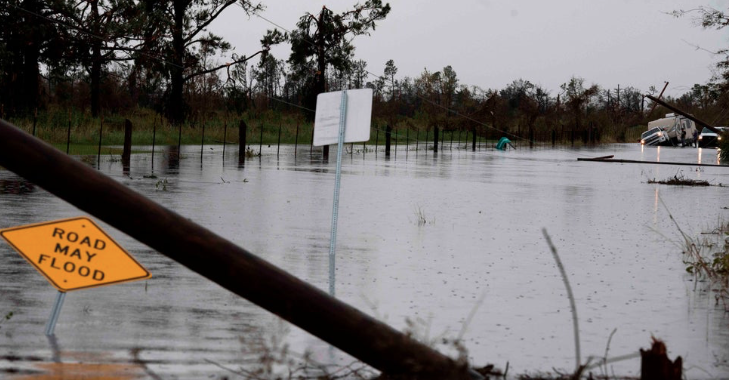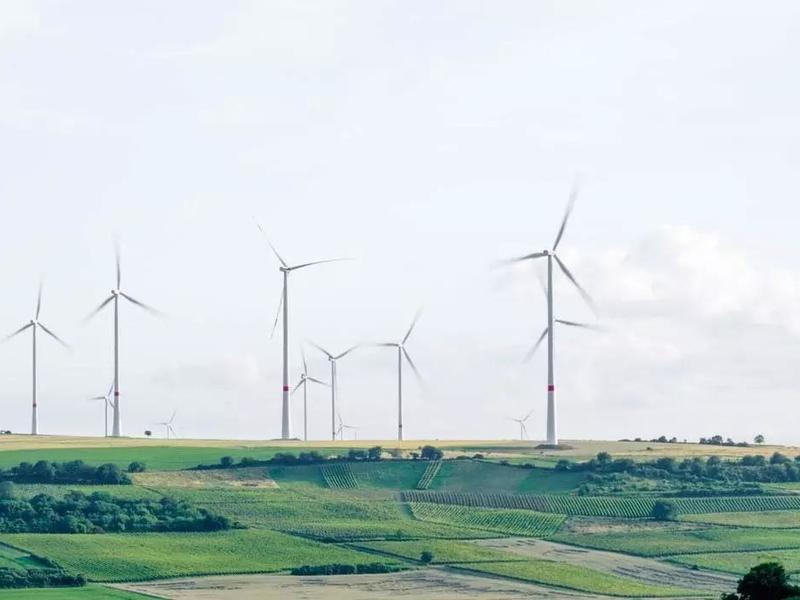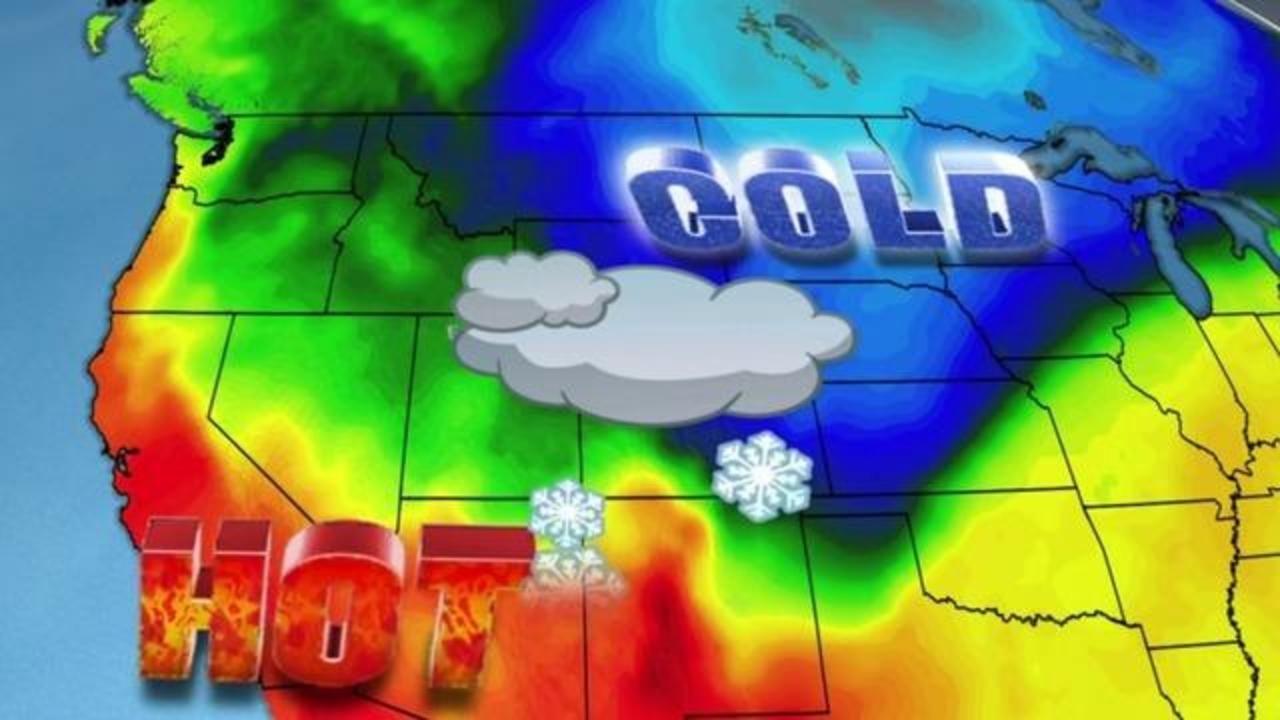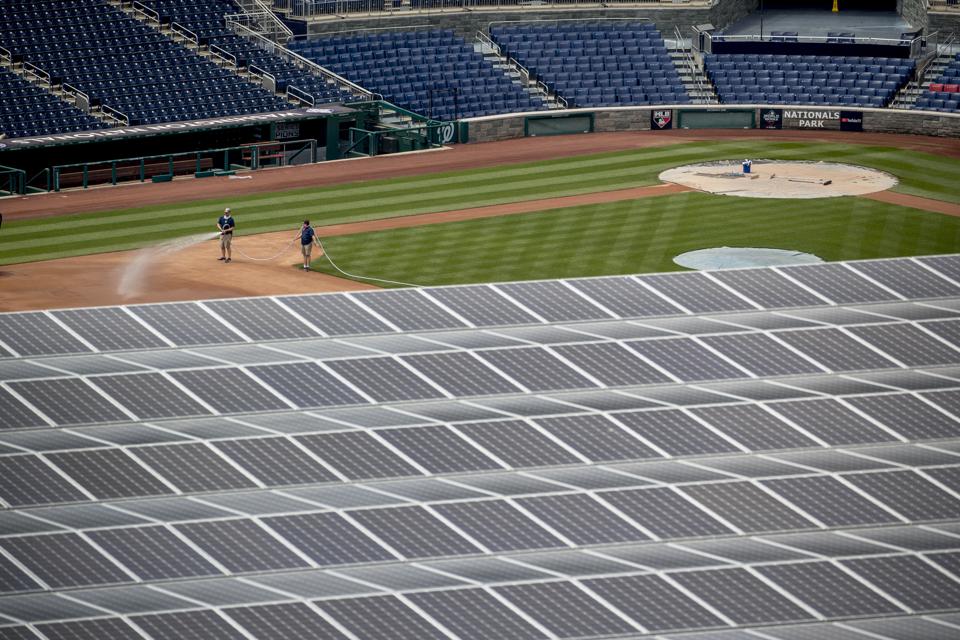Companies are increasingly setting their own goals for carbon neutrality in the absence of a federal plan to address global warming, bracing their business for the stark financial realities wrought by climate change.
Even in this bleak current moment, when hope may seem sparse and many eyes are narrowly focused on November 3, we can’t lose sight of another urgent and looming crisis, one that poses severe threats to our communities and economy: climate change.
Before the Tokyo Olympics were postponed due to the pandemic, organizers finally decided to move the marathon event from the Japanese capital to the cooler Sapporo, because Tokyo heat in summer 2018 reached a sweltering 106 degrees Fahrenheit. That’s just one example that’s exposed how climate is changing the way sports are being consumed, both for players of local, community sports, and spectators of the global leagues.
On Thursday, researchers at the U.S. Climate Prediction Center revealed the gender of a weather phenomenon that is likely to be even more destructive. A La Niña weather pattern has officially formed. The conditions that led to the pattern’s formation have already influenced this year’s unprecedented hurricane and wildfire seasons.
One by one, climate and disaster records and milestones have been shattered in 2020. Things can only go up from here, right? That’s not what the experts say. Scientists and climate experts resoundingly agree that we’re likely to see more years like 2020, with more intense, destructive and deadly weather events.
Five recent interlinked trends have great potential to prevent the worst ravages of climate change and ensure people worldwide have access to the energy and economic opportunities they need to enjoy healthier and more prosperous lives.
This research advances national U.S. methods for assessing flood vulnerability and prioritizing transportation improvement investments, to ensure that no community is left stranded when the next flood occurs.
A record-breaking heat wave is expected in California, where firefighters are battling three of the state’s worst fires ever. Meanwhile, just a few hundred miles away, a cold front is expected to dump up to a foot of snow in some parts of Colorado.
Solar panels dominated the installation of new power generation capacity last year, with almost half of all new capacity coming from photovoltaic (PV) schemes, new research reveals.

